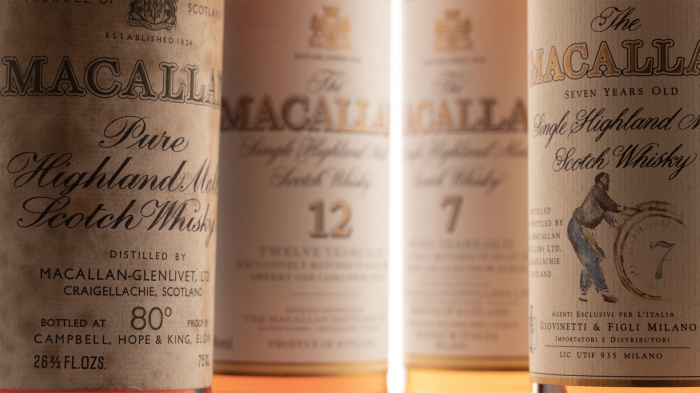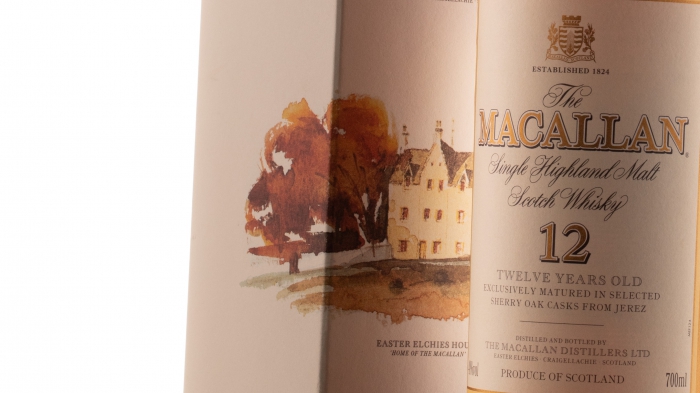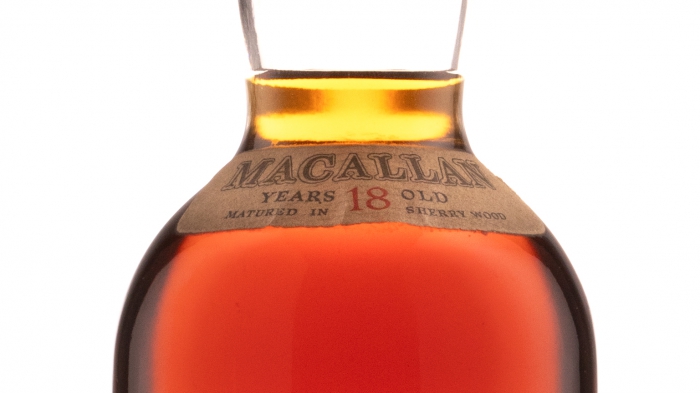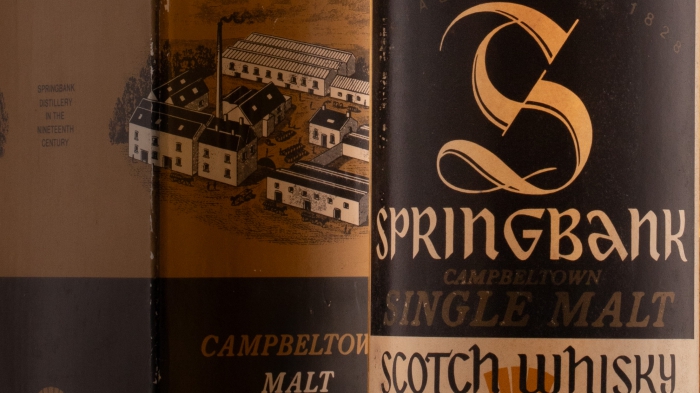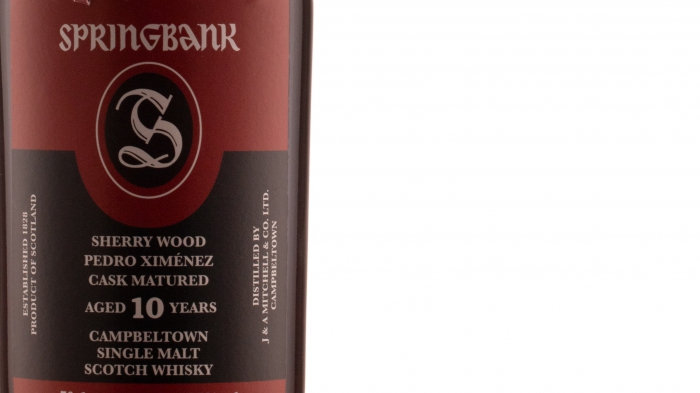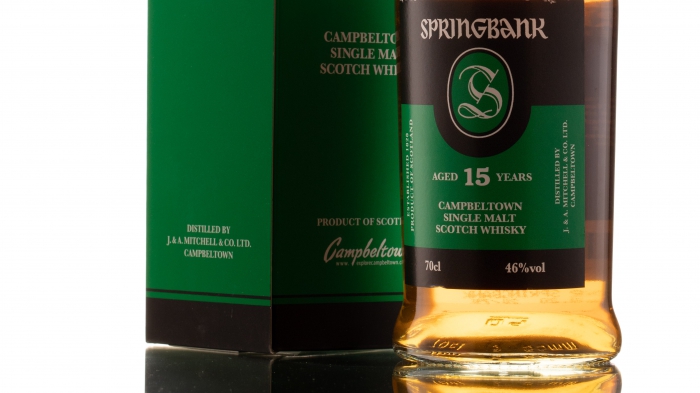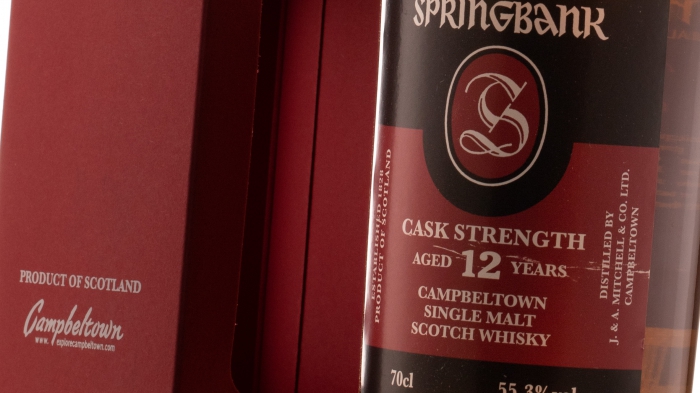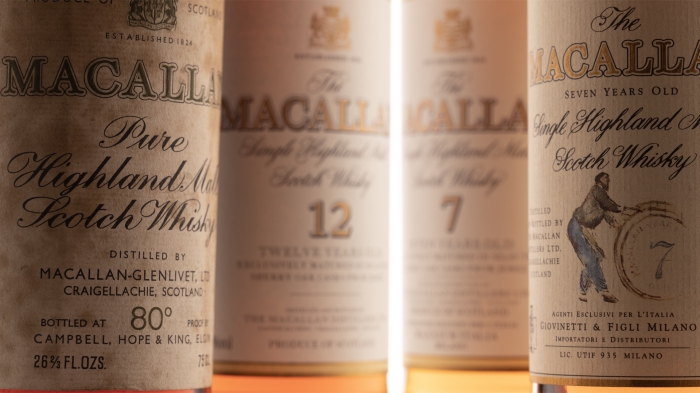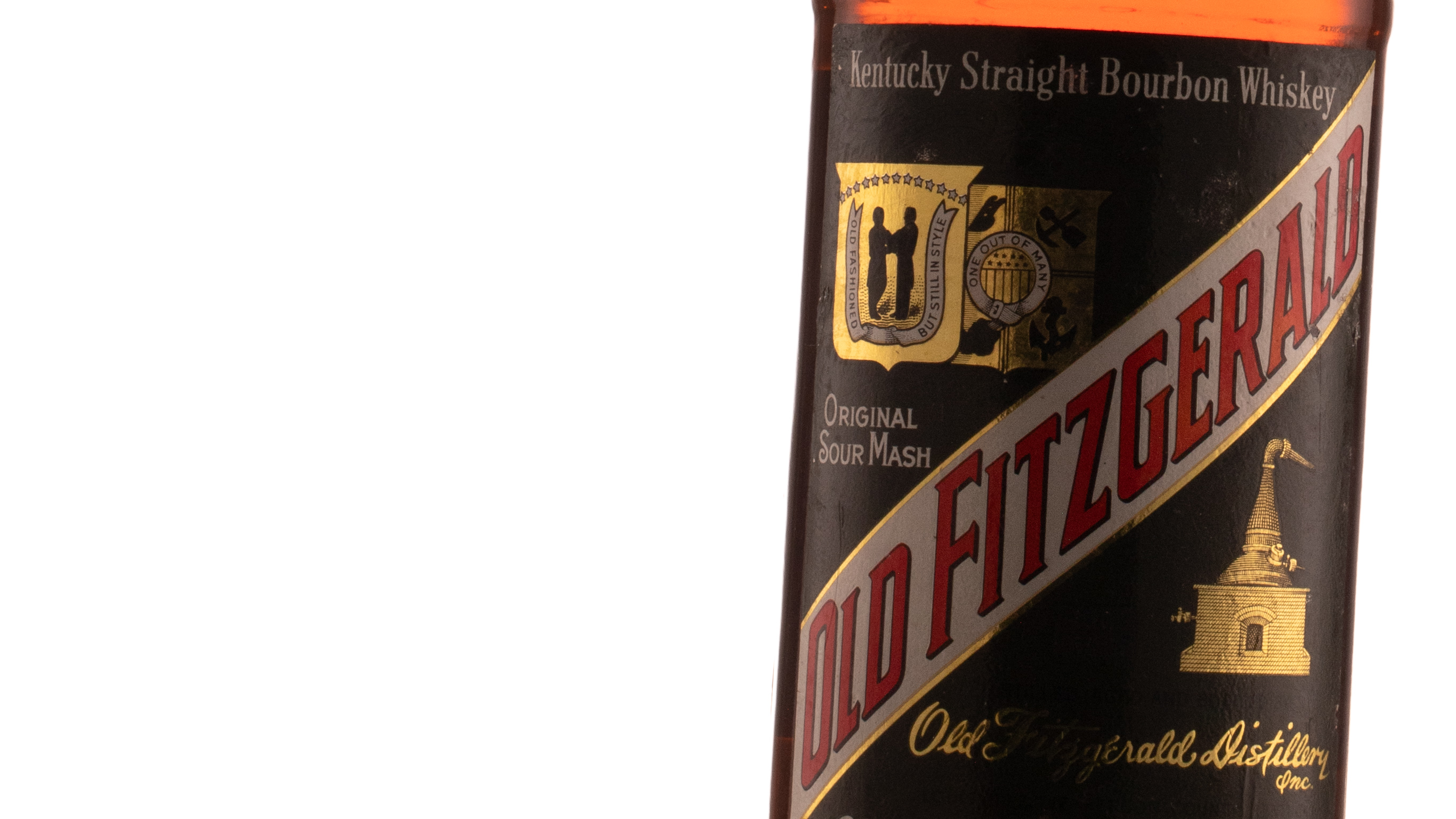
When one thinks of whiskey, minds often wander to Scotland or Ireland, but America has its gem: bourbon. Just as champagne stands as a specific type of wine, bourbon carves its niche in the vast world of whiskey.
To earn the title of "bourbon," whiskey made in the U.S. must adhere to a set of strict regulations. At the core of its crafting is the mash bill, a selected cereal blend, which must encompass at least 51% corn. The remaining ingredient, whether it's wheat or rye, determines its flavor nuances: a wheat-based bourbon tends to have a sweeter and smoother taste, while its rye counterpart boasts a spicier note. The distillation phase shouldn't exceed 176°F (80°C) and the maturation must be carried out at an alcohol content no higher than 62.5%. But that's not all: the aging process must occur in brand new charred oak barrels.
If you're pondering where most bourbon comes from, look to Kentucky. Legend has it that the name "bourbon" was derived from Bourbon County, a Kentucky area that once ruled this distillate's production. This county was named in homage to the French Bourbon royal family, a nod of gratitude for the French support during the American Revolution. In the early days, distillers shipped their prized liquor labeled as "Bourbon County Whiskey" or "Old Bourbon County Whiskey", setting a hallmark of distinction and quality.
But beware: the difference between "whisky" and "whiskey" is more than a mere letter. This terminology reflects centuries of tradition and subtle nuances between countries like Scotland, Ireland, and the United States.
In conclusion, bourbon is more than just a whiskey; it symbolizes American pride and tradition, a drink that tells a story of dedication, craftsmanship, and love for distilling. Cheers!
